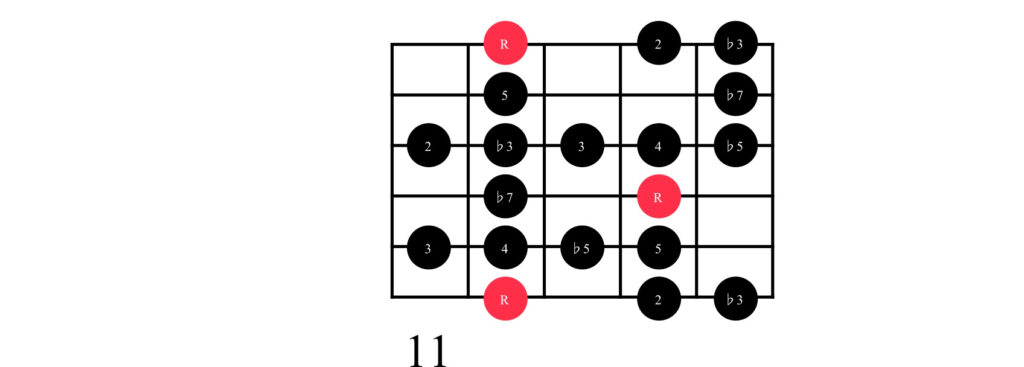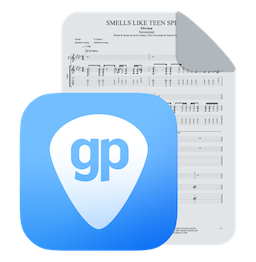
Texas Shred with SRV! Your Guitar Academy
- pride-happiness.gp
Hello everyone! Dan here from Your Guitar Academy with a super fun and challenging Stevie Ray lesson for you! If you’re an SRV fan then you already know he’s a ferocious Texas blues shredder, and if you don’t know about SRV yet, I’m excited to introduce you.
Want to learn to play like the best blues players of all time? We’ve teamed up with the awesome people at Your Guitar Academy to offer their Blues Legends Bundle for an epic 65% off!
Offer available until Sunday 5th of May so grab it whilst you can!
Now before we get into this solo that we’re going to learn, let me just say that SRV is not a one trick pony! Yes, he can play a million notes per hour, and yes he does love to shred over the Texas Blues, but he has so much more going for him than that. I would highly recommend watching or listening to “Live at Montreux 1982 & 1985” which is his double live album. It shows off his diversity within the blues, and it’s simply incredible.
Today, however, we’re undertaking a solo that is very much in his Pride & Joy style of intense Texas blues scale work. To start with, take a look at the solo we’re looking to play:
Grab the tab
As you can see above, this whole course is available on our YouTube channel, and you can find all the write up and more over on our Guitar Club website. Of course, you guys are Guitar Pro loyalists, and to say thank you to GP for having us on the blog again, here you can download the full tab of the first solo absolutely free.
Let’s break this track down, starting with lick 1 & 2
During the first two licks, we set the scene by putting ourselves in the key of E blues. Blues keys incorporate elements of major and minor, and the first lick is a great example of that. We kick off in the E minor pentatonic shape 2, and then work back to shape 1, also including the major 3rd from the E major chord. If you would like to know more about ‘blues keys‘ then check out our Genre Study course on blues! When we move up to lick 2 then we move into pentatonic shape 5.
Lick 3 & 4
E Minor Blues Box 1 with b2nd

Stevie Ray Vaughan is the master of taking one position of a scale shape and getting the absolute most out of it. For these two licks, we take the E minor pentatonic shape 1 (plus blues note), as well as the E major pentatonic shape 2. The combination of these two gives us our E blues key and allows Stevie Ray Vaughan to create some impressive sounds! The scale shapes can be found in the fretboard diagrams.
Lick 5 and open positions…
E Major Pentatonic Box 2

E Minor Blues Box 1 E Major Pentatonic Box 2

E minor pentatonic box 5

Lick 5 is the typical Stevie Ray Vaughan lick that you will have heard on so many of his solos! It is again using the scales defined in the last lesson, but adding in this extra ‘out’ note – the 13th fret of the high E string. They are called ‘out notes‘ because they are outside the normal scale and typically only used for a fraction of a second before coming back into the scale and therefore resolving the sound. The out note can be found in the fretboard diagram.
E Minor Blues Box 1 with b2nd

When playing in E (or E flat, as Stevie Ray Vaughan’s guitar was typically tuned down half a step), we can take advantage of the open strings underneath pentatonic shape 1. Once again these last two licks use shape 1 and 2, just as the opening lick did, and crucially you need to hit the turnaround at the right time. In a Texas blues like this, the turnaround is usually a lick followed by a chromatic run towards the 5 chords. In this case, we have the chromatic run from the open A string to the 2nd fret, highlighting the B!
So there you have it!
There is a lot going on this 40 second solo, and we’ve highlighted a lot of the theory for you in this blog post. It’s a tough solo to get up to speed as well, so do take your time with it and give yourself the grace to be a bit sloppy and slow as you first work through it, then gradually, over months potentially, tighten it up and get the speed up bit by bit. Good luck!
Leave a comment
Your email address will not be published.
| Title | Artist | |
|---|---|---|
Summertime Blues

|
Eddie Cochran | |
| My Girl | The Temptations | |
| La Bamba | Los Lobos | |
Rock Bottom

|
UFO | |
| Truman Sleeps (from "The Truman Show") | Philip Glass |


